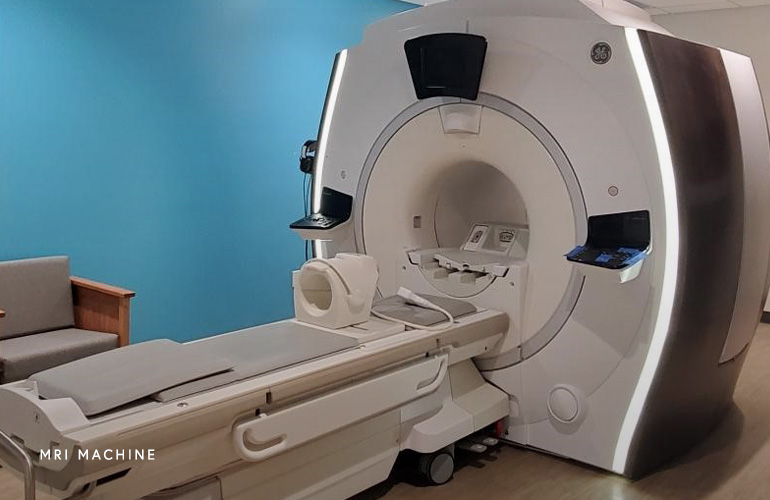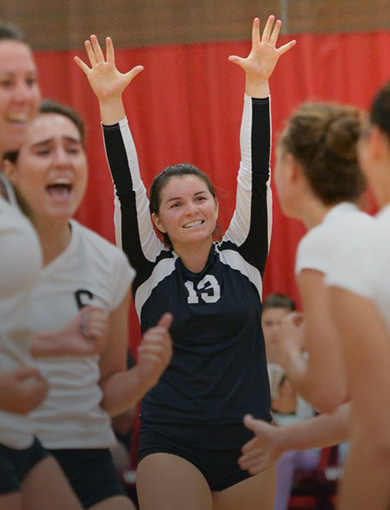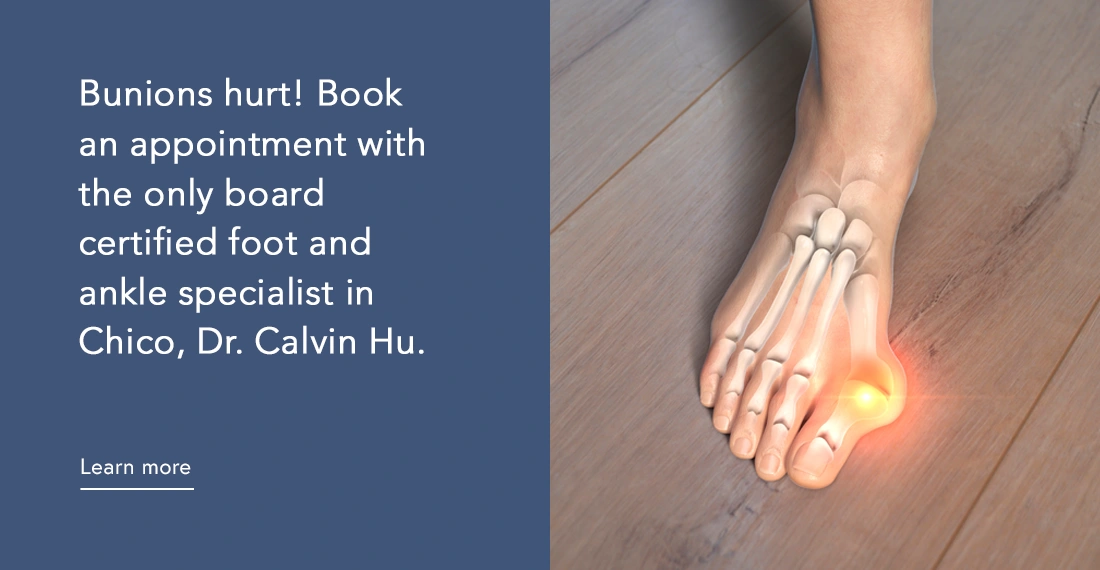MRI Scans
At Orthopedic Associates of Northern California (OANC), our patients come first. That’s why we’ve invested in MRI technology, considered the gold standard for diagnostic accuracy in orthopedic care. MRI has been used since 1977 and remains the most advanced tool for non-invasive imaging of soft tissue injuries. Our MRI services have been ACR-accredited since 2014, reflecting our commitment to quality and safety. The American College of Radiology (ACR) accreditation process is rigorous, evaluating staff expertise, equipment performance, image quality, and patient protection. Choosing OANC means you receive care backed by trusted technology and nationally recognized standards.

What is an MRI?
An MRI is a sophisticated non-invasive imaging technology that produces 3-D images of the anatomy without the use of radiation. The MRI machine is a scanner that contains powerful magnets and uses radio waves and a computer to create the 3-D images.
An MRI is highly sensitive, producing the finest of details. Because of this capability about 25% of people who have a herniated disc, don’t know it, and have no symptoms until it revealed on an MRI! The point is that we don’t make a diagnosis based solely on an MRI.
What is an MRI used for?
It is a widely used and accepted technology that has been proven to be a powerful diagnostic tool to aid in the detection of soft tissue injuries and conditions. MRI is best for identifying and diagnosing tissues like nerves, the spinal cord, and spinal discs. In many cases where history, physical exam and x-rays highly suspect a diagnosis an MRI can confirm the diagnosis.
Our specialists have an up-to-date understanding of the indications to use MRI efficiently and effectively. This is important for our patients comfort and time constraints.
What are the risks?
Since an MRI doesn’t emit radiation, it won’t hurt you. However, the strong magnets can attract objects made of iron, steel, or other metals. For this reason, patients with implants including pacemakers, nerve stimulators, insulin pumps, cochlear implants and more should not receive an MRI. This is also the rationale for preparing for your MRI by removing all jewelry, hearing aids and any appliances that contain metal.
How is an MRI different than a CT scan?
Computed tomography or CT is essentially computerized x-ray imaging. It uses radiation and is valuable to view bony parts of the body.
What is it like to have an MRI?
You will lie on a table that slides into the machine. You will be surrounded by the machine which may cause some people to feel anxious. If you tend to feel anxious in small spaces, it is important to tell your doctor before the test.
Your technician will speak with you through a speaker, and you can speak with the technician. The machine generates a strong magnetic field around you, but you won’t feel anything. However, you will hear loud tapping, thumping, and banging coming from the machine. You may receive earplugs or music to block the noise. The test may take 60 to 90 minutes. In some cases, a dye or contrast agent will be injected into your veins to enhance the imaging.
The results of the MRI will be read by a radiologist and the results sent to your doctor.
Orthopedic Associates of Northern California has been serving the North State since 1995, over 25 years. We are dedicated to providing you with the highest quality orthopedic care available contact us to schedule a consultation today.





